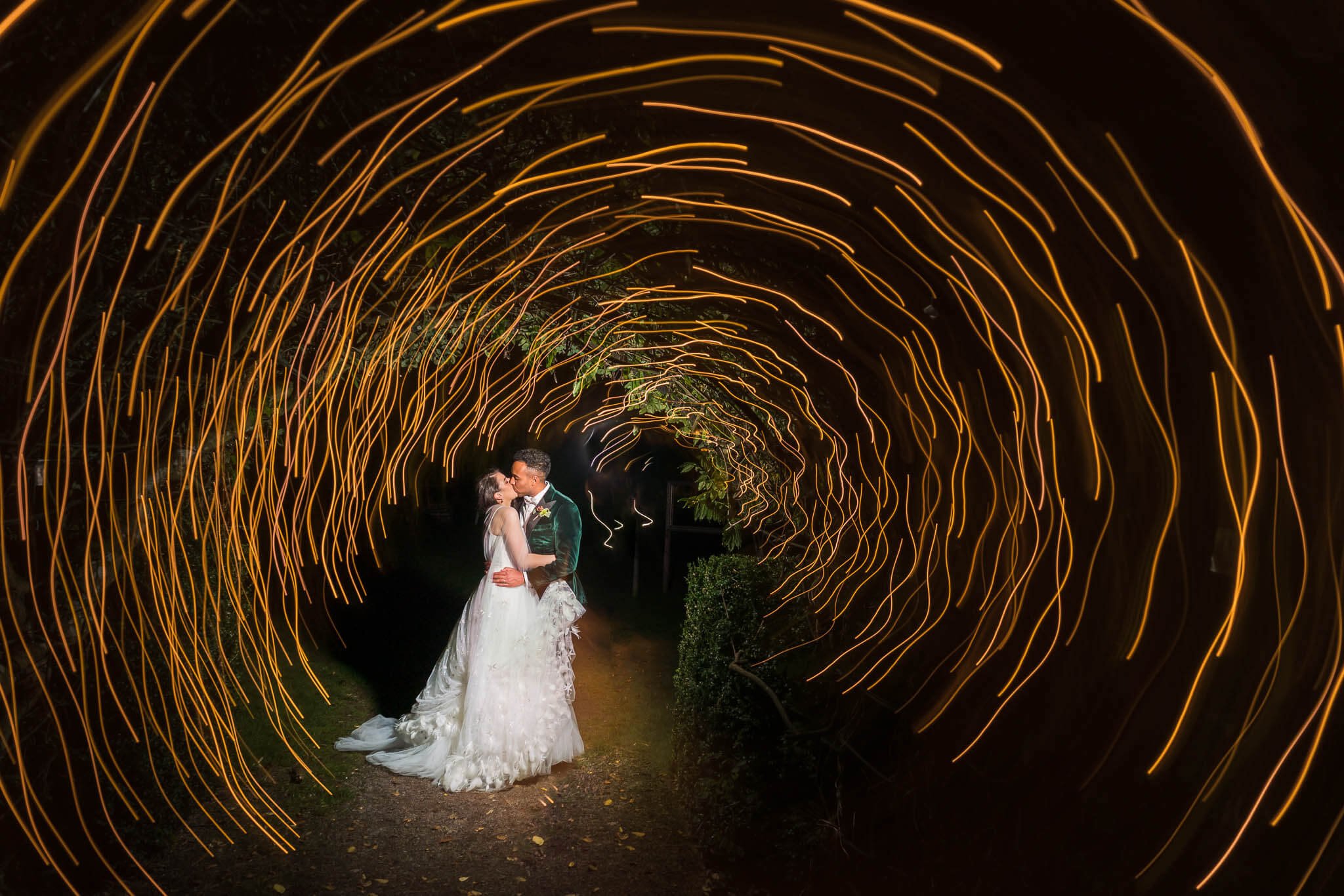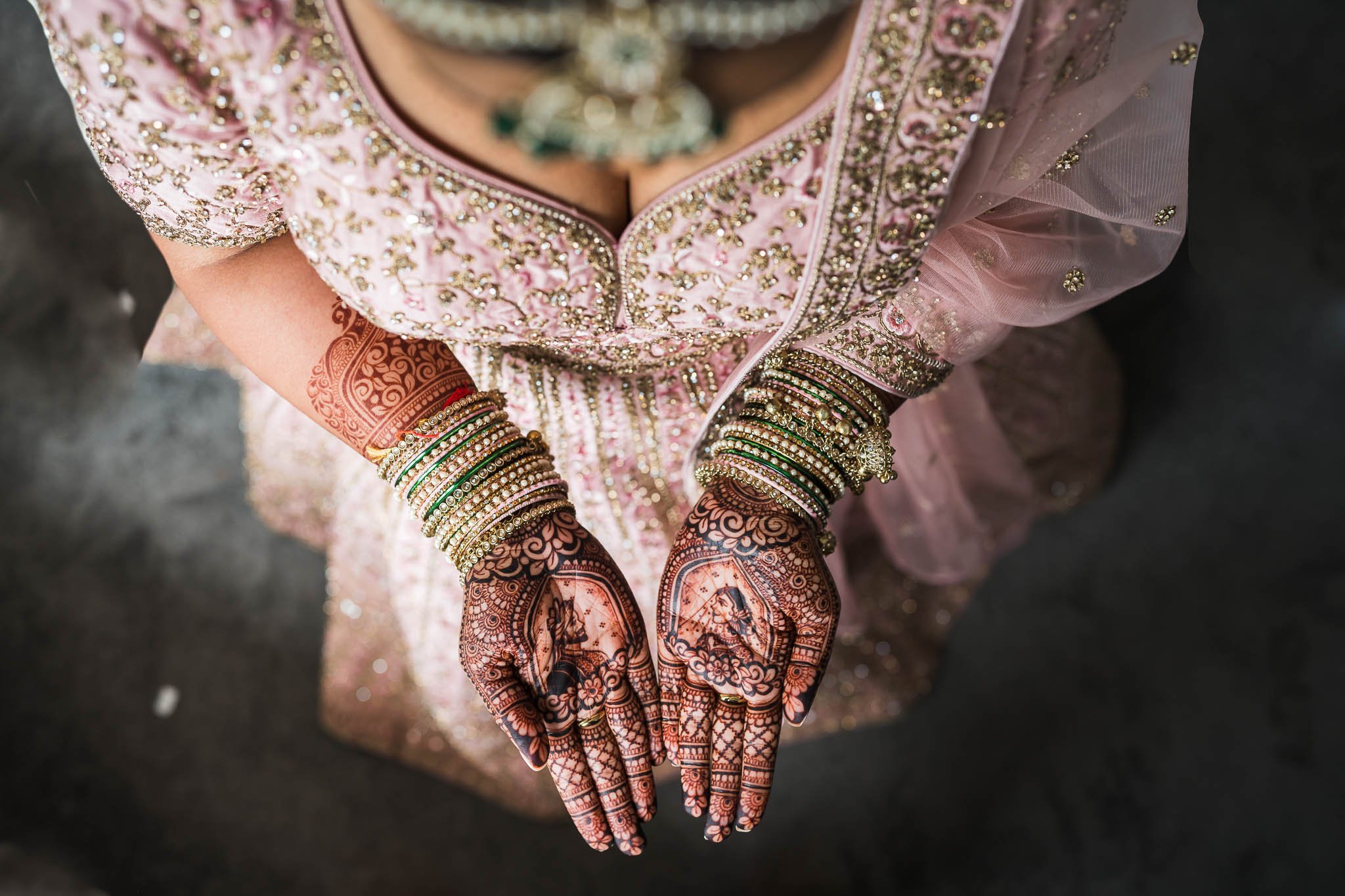Back Button Focus: How BBF will be your BFF!
Jul 26, 2025 Arghh! So Close!!
Arghh! So Close!!
Back Story…
Our muscle memory is set-up so we expect focusing to happen when we press the shutter button. But while this does mean, as beginners, we will get more shots in focus (because we can’t forget to re-focus between shots) it’s far from ideal. There's a better way, and one that's used by most professional photographers.
Back to Basics - What IS BBF?
With risk of simply re-stating the question, it’s a camera setup technique where the focusing is enabled by a button on the back of the camera, rather than the shutter-release button. All DSLR and Mirrorless cameras support this technique, even smaller consumer DSLRs.
Leica cameras work bit differently, so these are the only I’ve found that can’t be setup in exactly the same way, although they can be configured to get most the benefits. Besides, if you can afford a Leica camera, then you can afford someone to focus your camera for you!
Back up a moment - how do you set it up?
Setting up BBF is very easy. To enable this mode, there are three steps:

- Configure a button on the rear of the camera to trigger the auto-focusing: Most higher end cameras have an AF-ON button for this specific purpose, but if not, you can override the AEL or AF Lock buttons (these are not as useful in any case). Sony cameras have an AF-On button which is, by default, configured to do the right thing. If it’s been re-assigned to something else go to (on A7iV) Settings->Setup->Operation Customize->Custom Key/Dial Set.->Rear 1-> and choose button ‘2’. Set this to AF On. Other camera brands have a similar setup option.
- Turn off the focussing system from the shutter-release button: This is done through your menu-system. On the Sony A7iV head to AF/MF settings->AF/MF and set option ‘AF W/ Shutter’ to off
- Set your camera into continuous auto-focus: (AF-C on Nikon or Sony, Servo on Canon). You'll never need AF-S or Single Shot Auto-Focus (or even Manual Focus) from here on!
For other camera brands, just Google "<your camera model> back button focus" and this will give you the specific instructions.
Now you’re ready for BBF. It will feel weird at first because the shutter-release button will NOT focus. To focus, you now press (or press and hold) the rear button to focus. When you want to take the shot, you simply press the shutter release button. By separating the focusing from the shutter release, we have MUCH more control.
In my photography workshops where we use this technique, it’s sometimes reported that the camera is not focusing. This is normal initially; the camera IS focusing, but we just need to re-wire our muscle-memory. Give it a couple of days, and you’ll never go back to using a traditional setup.
Back of the Net (I’m running out of ‘Backs' here - can you tell?)
So what are the benefits? This is best answered by some scenarios of problems with the traditional setup. They are all solved by this single button and when and how you use it, no more camera focusing configuration is ever needed.
Shooting a Landscape Photo:
Imagine the scene with the traditional setup: You’ve got your camera ready, fixed on a tripod for the slow shutter-speed shot you want. You’ve accurately focused on the point that you want to ensure front-to-back sharpness across the whole shot. You've got the shutter-release button half-pressed, you’re ready to shoot.
But wait! The composition is not correct and you’re waiting for the sunset to be perfect. So you need to get your camera and tripod moved... and wait 24 minutes for the right light.
You can’t half-press your shutter release for that long and you let go accidentally, so you have to go right back to the start again. Sure you ‘could’ use the manual focus switch on your lens, but did you touch the focus ring as you did it? You did, didn’t you? Better check, so you have to start again!
Even if you manage to take the shot, for the next shot you need to do the same thing again, because the moment you press the shutter release the next time, your camera will refocus. Back to the start each time.
With BBF, you press AF-On to get the focus you want, then let go. Now whatever you do with your camera, it will not change focus. You can get your composition correct, wait an hour, and then shoot shot after shot, all with the same focus.
You’ve effectively got yourself an option to lock focus without having to hold anything.
Shooting Pre-emptively for Action Shots:
You’re photographing a car/bike race or something with a LOT of motion. You’ve switched to AF-C mode, so that you can cope with the changing focal distance. As them come past you you need to half-press your shutter release button and track them to keep them in focus. You might get a good shot, but careful composition is going to be impossible.
With BBF, you simply focus your camera on where you know the competitors WILL be, get focus and then let go of the AF-On button. Get your composition as you want it and now you just sit and wait for the perfect moment. As they come past, burst mode and you have 100 shots all in focus.
A few pictures with movement or elements that would be almost impossible to capture without BBF.



Switching between AF-S and AF-C:
You’re shooting an event, sometimes you want AF-C for when subjects are moving (especially if it’s towards you) and sometimes AF-S for a portrait. Swapping between these two modes in the menus slows you down.
With BBF, there’s nothing to do. If you want AF-C behaviour, you simply press and hold your back button while you shoot (the camera is set up in AF-C mode for this reason). If you want AF-S, type behaviour you simply let go of the back button and shoot without changing focus. You can decide on each shot how you want the focusing to behave, all with that one button.
In a studio for example, you might traditionally even go for manual focus to ensure no changes to focus between shots. Fine, use BBF to focus that first shot, and then don’t touch it again. Voila, manual focus.
There are dozens of other scenarios, where BBF will make your life easier and each of us find different benefits, but most people DO benefit hugely if they give it a bit of time to sink in.


So if you’re using AF-S and AF-C at different times, or are using AF-Hold (with a button or half-press of shutter) or switching to manual focus to lock in the perfect focus distance, then this is going to be a game-changer. If you’re not doing either of those things, then you should be, and then you’ll benefit from BFF.
My Ideal Setup
I use Back-Button Focusing on the AF-On button and EyeAF on the AEL button and never need to change my focusing setup. It’s the perfect combination of using the camera’s intelligence to find the subjects eye, while giving me the option of taking full and flexible control of focusing in an instant.
If you rely heavily on AI focus modes such as object tracking, or you tap your rear screen to focus, then you are probably the only category of people that will not see any benefit of BFF. But even in these cases, those modes do go wrong sometimes, and this is why I never use these modes for my commercial work. When it does go wrong, you need to be able to control your camera's focusing and BBF lets you do that perfectly.

Photographer Unleashed! - HALF-PRICE Offer
This content is a text-version extract from the Photographer Unleashed! Online Course. This course contains over 100 in-depth video lessons that cover EVERY aspect that a photographer needs. From camera / lens choice and setup at the start of your journey, all the way to getting you to think, feel and see like a professional photographer. With total, intuitive understanding of photography and your camera along the way.
Whether your goal is to take a hobby to new heights, or to make it a career, Photographer Unleashed! will get you there.
It's all self-led at your own pace, with support throughout should you need it.
You can find more details and see an example lesson here: Photographer Unleashed! There's a HALF-PRICE offer running for a short time.
Did you find this article useful? There's much more!
Simply sign up for our FREE 'Kickstarter' Membership Tier, which means immediate access to members-only educational content as well as access to the community channels. All at no cost!
The Nick Church Creative Academy is THE best partner for your journey!
Your privacy is paramount, and your details will never be shared


